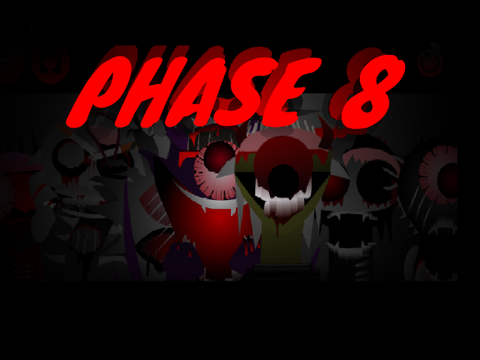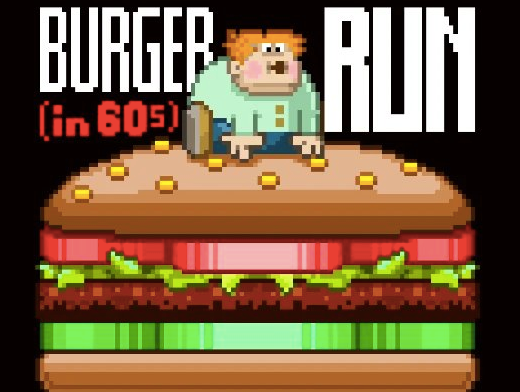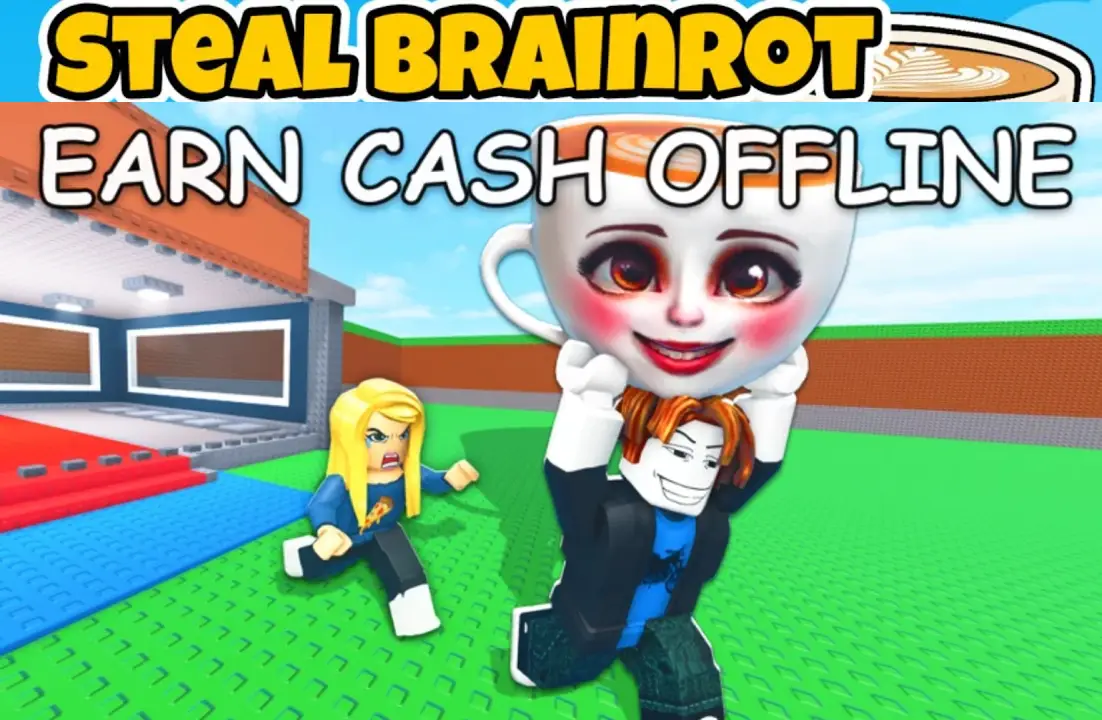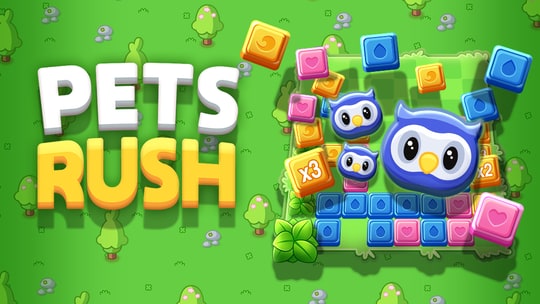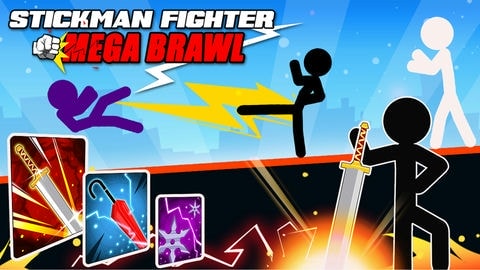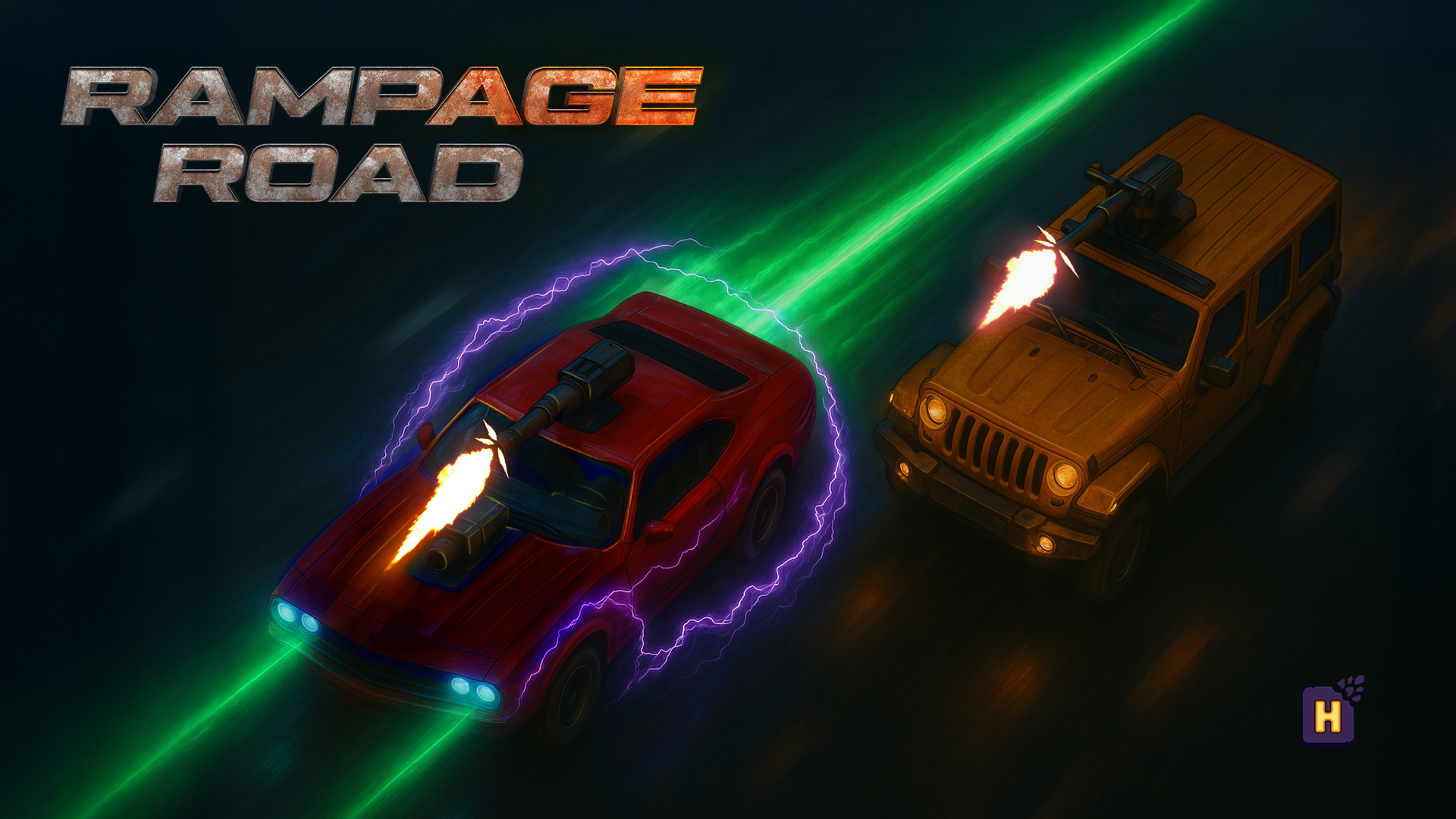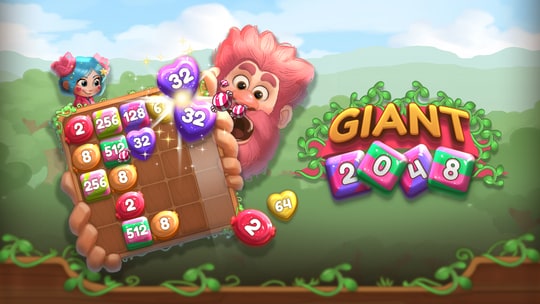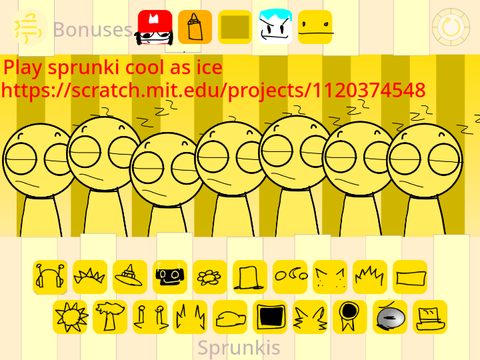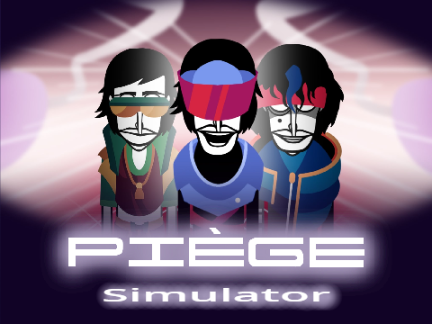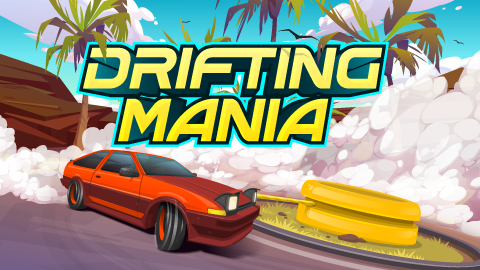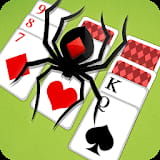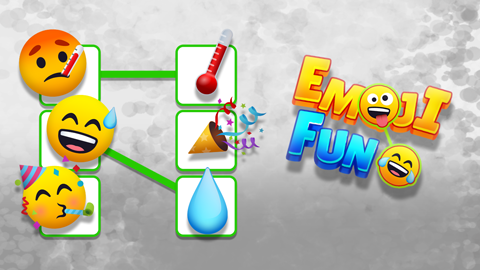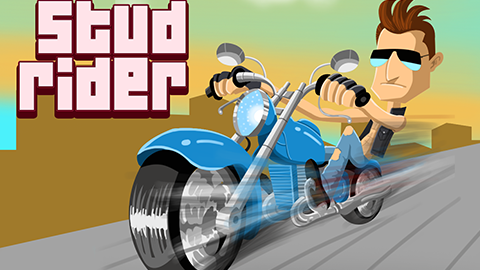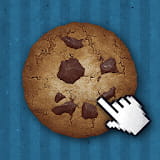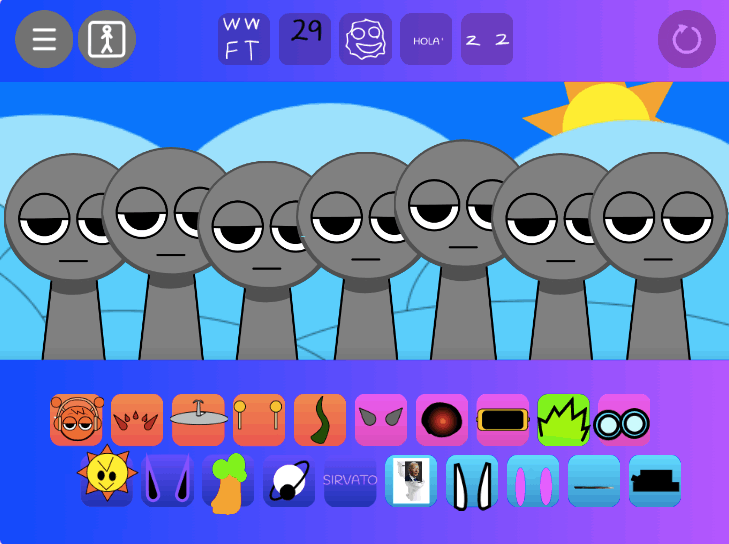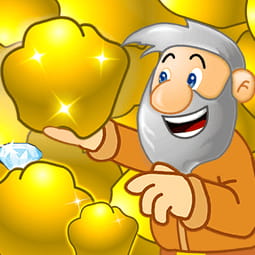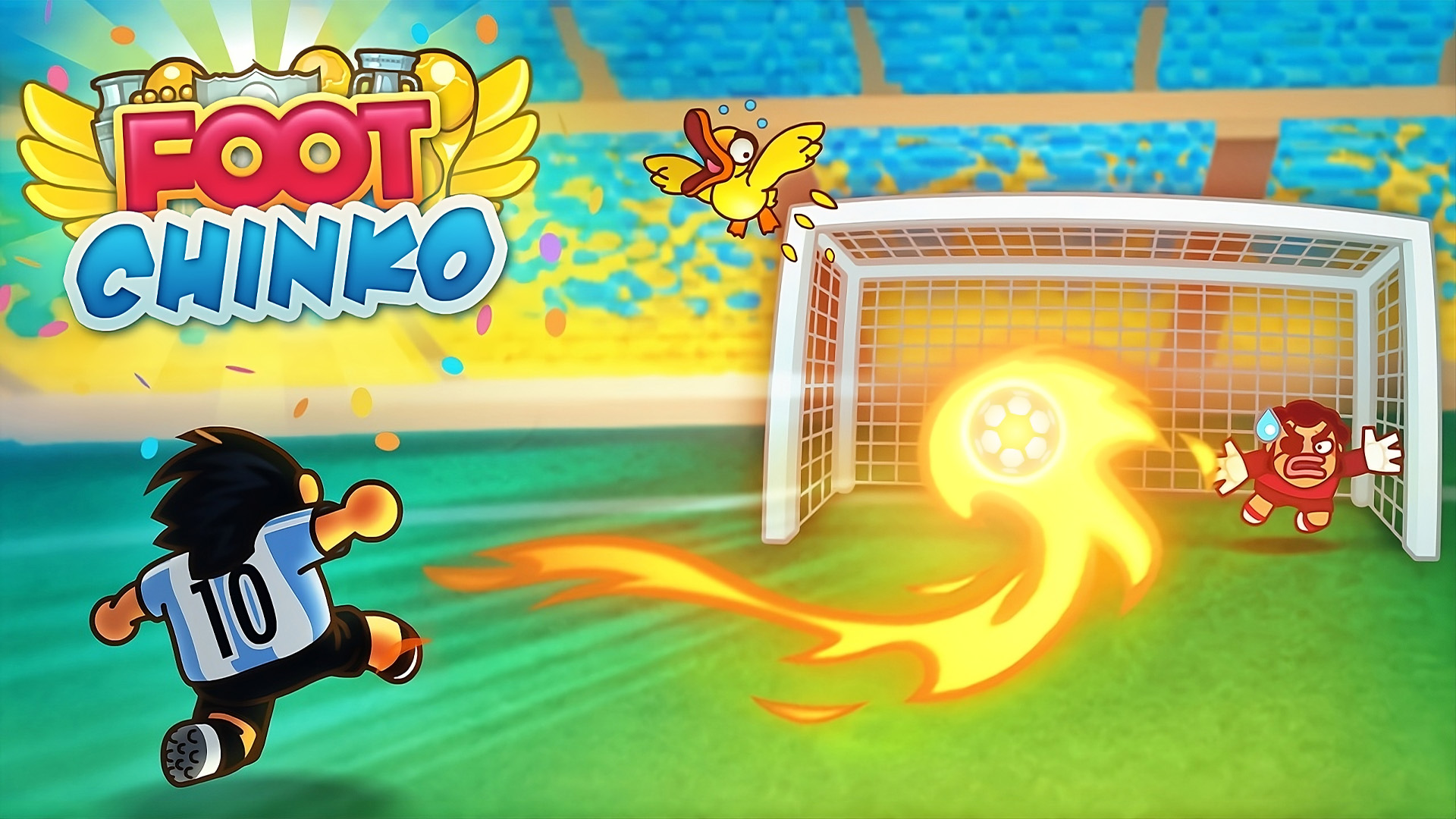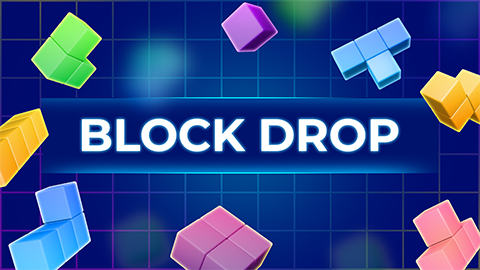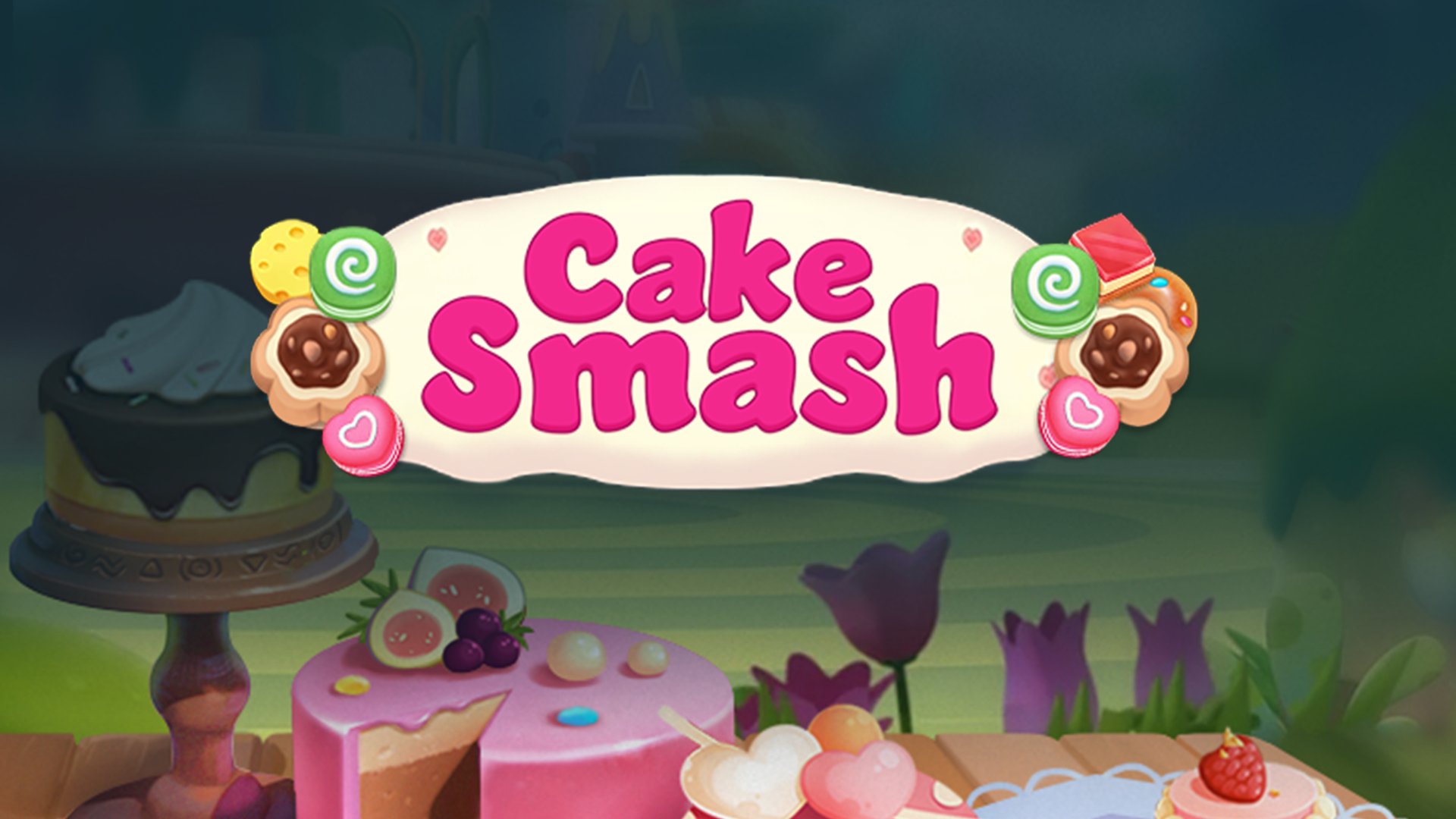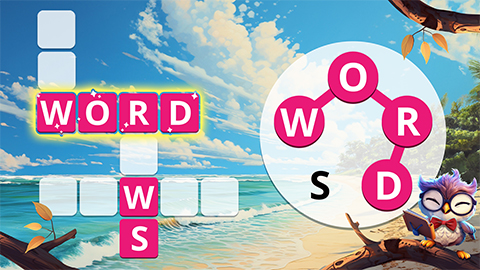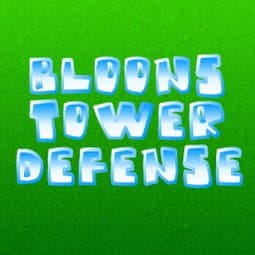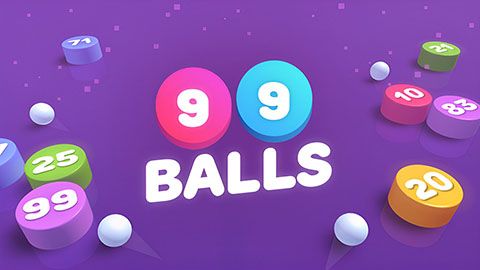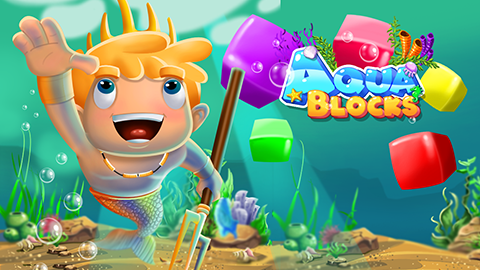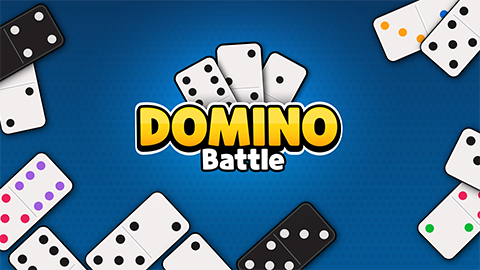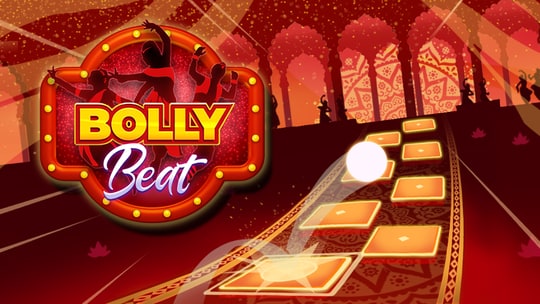► Popular Games
About Atari Breakout
home > Atari Breakout
Detailed Game Introduction
Atari Breakout is a classic arcade game that has become a cornerstone of video game history. The gameplay is straightforward and instantly understandable. The player controls a single paddle at the bottom of the screen, which can only move horizontally. At the top of the screen are several rows of bricks. A ball bounces around the screen, and the player must move the paddle to intercept the ball, preventing it from falling off the bottom edge.
When the ball hits a brick, the brick is destroyed, and the ball ricochets off it. The objective is to destroy all the bricks on the screen to advance to the next level. As the game progresses, the speed of the ball often increases, demanding faster reflexes. If the player fails to hit the ball with the paddle and it goes past them, they lose a life. The game ends when all lives are lost.
Gameplay Strategy & Walkthrough
While Breakout seems simple, there are key strategies to maximize your score and clear levels efficiently.
1. The “Tunneling” Strategy
This is the most famous and effective strategy. The goal is to break a vertical tunnel through the bricks on one side of the screen (either far left or far right). Once you’ve created a path for the ball to get above the brick layer, you can send it up into the gap. The ball will then bounce back and forth between the top wall and the top layer of bricks, destroying many bricks automatically without any risk of you missing the paddle. This is the fastest way to clear a screen.
2. Master the Paddle for Angle Control
The ball’s rebound angle is not random; it depends on where it strikes your paddle.
- Hitting with the Center: If the ball hits the center of your paddle, it will bounce back at a relatively straight, shallow angle.
- Hitting with the Edges: If the ball hits the outer edges of your paddle, it will bounce back at a much sharper, more extreme angle. Mastering this allows you to aim the ball precisely, which is essential for creating the tunnel mentioned above.
3. Prioritize Higher Bricks
In the classic version, the bricks in the higher rows are worth more points. While clearing the screen is the primary objective, if you are playing for a high score, try to create your tunnel early to let the ball destroy the high-value bricks at the top.
4. Anticipate, Don’t React
As the ball speeds up, you won’t have time to react to its current position. You must anticipate its trajectory. Watch the angle it’s coming from and move your paddle to where the ball is going to be.
Controls Guide
The controls for Breakout are famously simple.
- Movement:
- Arcade: A rotary dial (spinner) was used to move the paddle left and right.
- PC / Web Versions: Typically, you move the paddle by moving your mouse left and right. Alternatively, the Left and Right Arrow Keys (
←and→) are often supported.
- Launch Ball: At the start of a life, the ball is attached to your paddle. Pressing a “fire” button (usually the Spacebar or a left mouse click) will launch it.
Frequently Asked Questions (FAQ)
-
Q: How can I control the ball’s direction?
- A: By controlling where the ball hits your paddle. Hit it with the center for a straight shot and with the edges for a sharp-angled shot towards the sides.
-
Q: What is the fastest way to clear a level?
- A: The “tunneling” strategy. Break a path through one of the sides so the ball gets trapped above the bricks, clearing them out for you automatically.
-
Q: Do the different colored bricks mean anything?
- A: Yes. In the original game, the color indicates the point value. From bottom to top, the points per brick typically increase (e.g., yellow bricks at the bottom are worth fewer points than the red bricks at the top).
-
Q: Where can I play Atari Breakout today?
- A: You can easily find and play web-based versions of Breakout on numerous classic game websites and archives. Additionally, typing “Atari Breakout” into Google Image Search used to activate a playable Easter egg version of the game, though this feature may vary.

